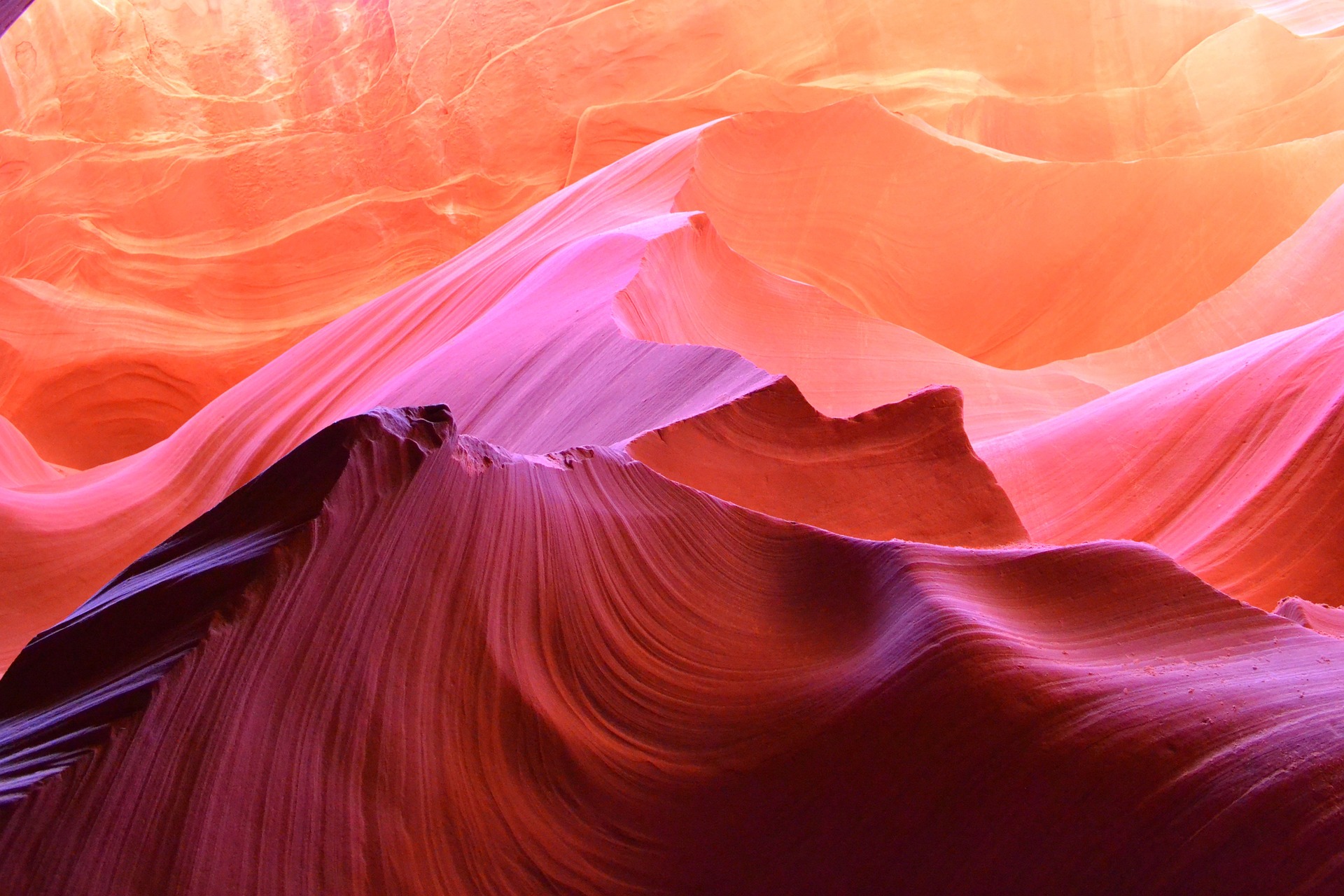Current Research
Paint Production and the Performance of Power
in the Chaco World

The natural world is brimming with color. But the ability to capture color and impart it onto new media requires knowledge. This includes technical knowledge about where to get the right ingredients, and how to process, store, and apply them.
In her current work, she is particularly interested in how specialized knowledge is cultivated and circulated in communities and how this is encoded in material culture. Drawing from anthropological archaeology, Indigenous philosophy, and conservation science, Hanson's dissertation research problematizes paint technology to understand the circulation of specialized knowledge in the rise and fall of the Chaco World of northern New Mexico (A.D. 850-1300). By treating paint technology as a material archive for specialized knowledge, Hanson uses the circulation of paint technology to understand changing power relations through time.
Her work has been funded by the National Science Foundation, Crow Canyon Archaeological Center, P.E.O. International, the Getty Foundation, the Society for American Archaeology, and many others.
Learn more:
Watch Kelsey's recent lecture on Color in the Chaco World on Youtube. This lecture was delivered as part of Crow Canyon Archaeological Center's Four Corners Webinar series. Check out the lecture here!
Some preliminary results from this research are available in a paper published in Kiva, which was awarded the 2022 Julian D. Hayden Paper Prize by the Arizona Archaeological and Historical Society. Check out the article here!
Recreating the Cave in the Kiva:
Tracing Prehispanic Shifts in Underground Performance Space in the U.S. Southwest
The kiva is arguably the most iconic and recognizable ceremonial venue in the U.S. Southwest. This underground ceremonial room has captured the attention of archaeologists who have vehemently sought to understand them: their origins and changes in form and function. Yet, after decades of scholarly attention, little has been done to consider their development alongside the use of the natural venues that they represent: caves.
Drawing from performance theory in concert with archaeological research on both caves and kivas, Kelsey is working to understand historic trajectories of great kiva traditions in the northern U.S. Southwest.
Multivocality and the National Register of Historic Places
Using the 'Historic Context' as a Creative Mechanism for Producing Multivocal Representation

Much of American archaeology today is driven by the need to determine whether archaeological sites are eligible to be listed on the National Register of Historic Places. This process affects how archaeological sites are identified, recorded, evaluated, and ultimately how they are protected. However, one of it's most fundamental concepts, the historic context, remains deeply undertheorized. I am working to revitalize this concept, arguing that it can be used as a creative mechanism to produce more nuanced and multivocal representations in the National Register.
This work is based on research conducted to produce a revitalized (and notably multivocal) National Register listing for Inscription Rock at El Morro National Monument.
Learn more:
This work was featured as the cover article for American Antiquity in 2022, with co-authors from the Pueblo of Acoma, the Pueblo of Zuni, and the National Park Service. Check out the article here!
